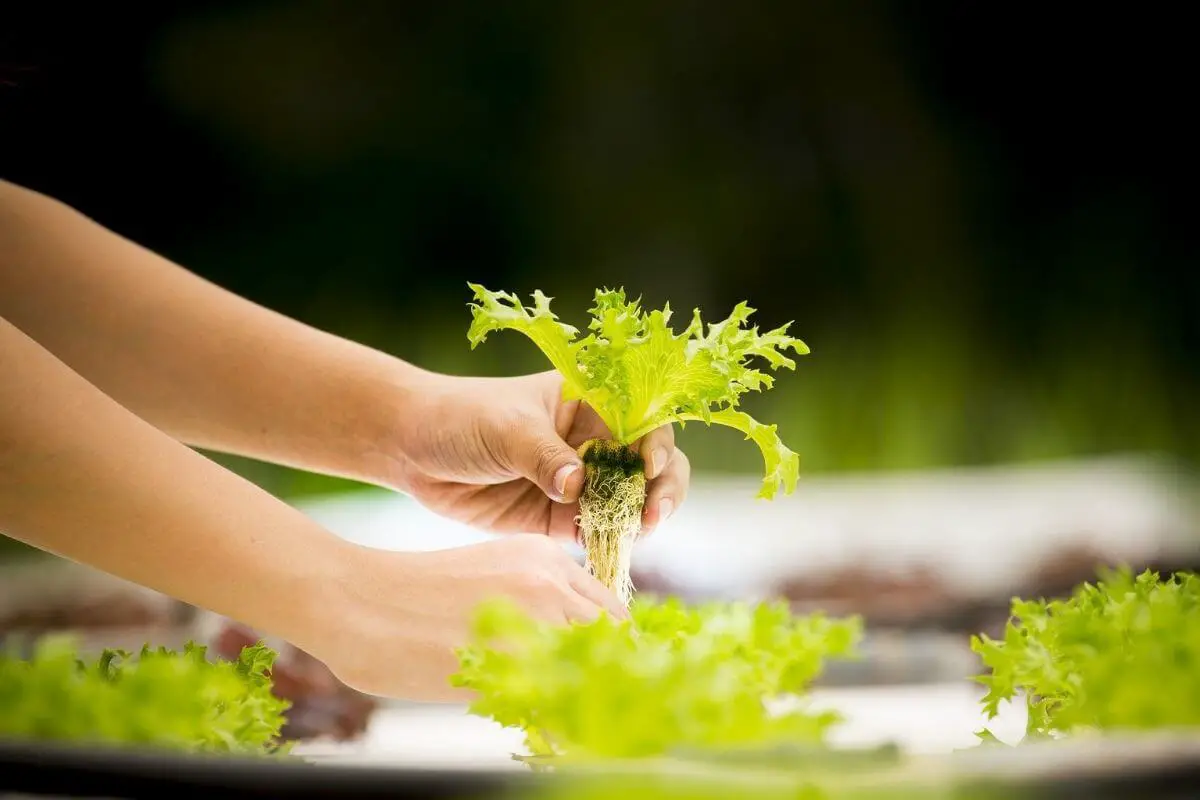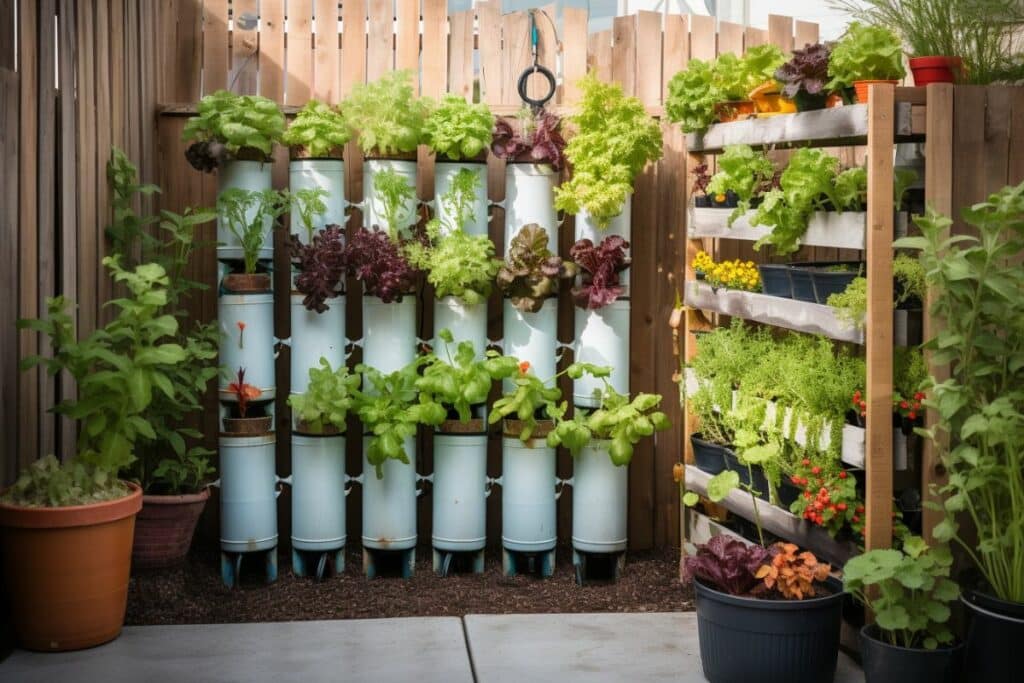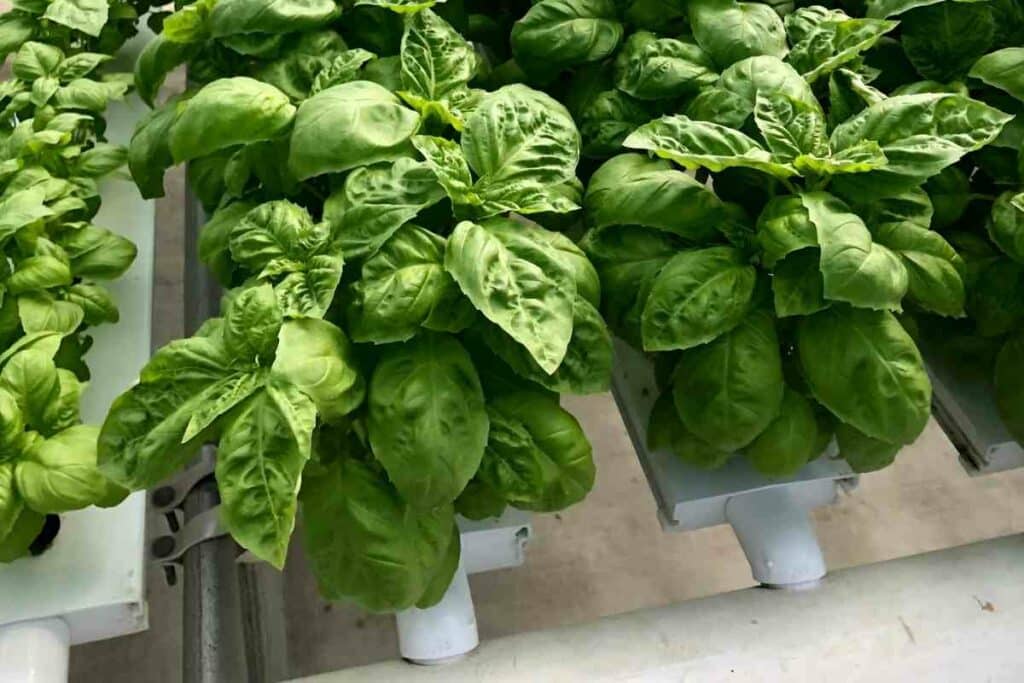Hydroponic gardening is a soilless plant growing technique in which water is the primary source of the plants’ nutrients. It is essential to monitor the pH level of your hydroponic because different plants survive at different pH levels.
The pH levels for hydroponic plants is not the same as that of soil-grown plants.
What Is pH Level?
A solution’s pH indicates the concentration of free hydrogen ions.
The abbreviation pH stands for Potential of Hydrogen, which measures the acidity or alkalinity of a nutrient solution.
Important to Know: The pH scale is between 0 and 14, values below 7 are acidic, above 7 is alkaline, while a pH of 7 means the solution is neutral.
The Importance of pH In Hydroponics
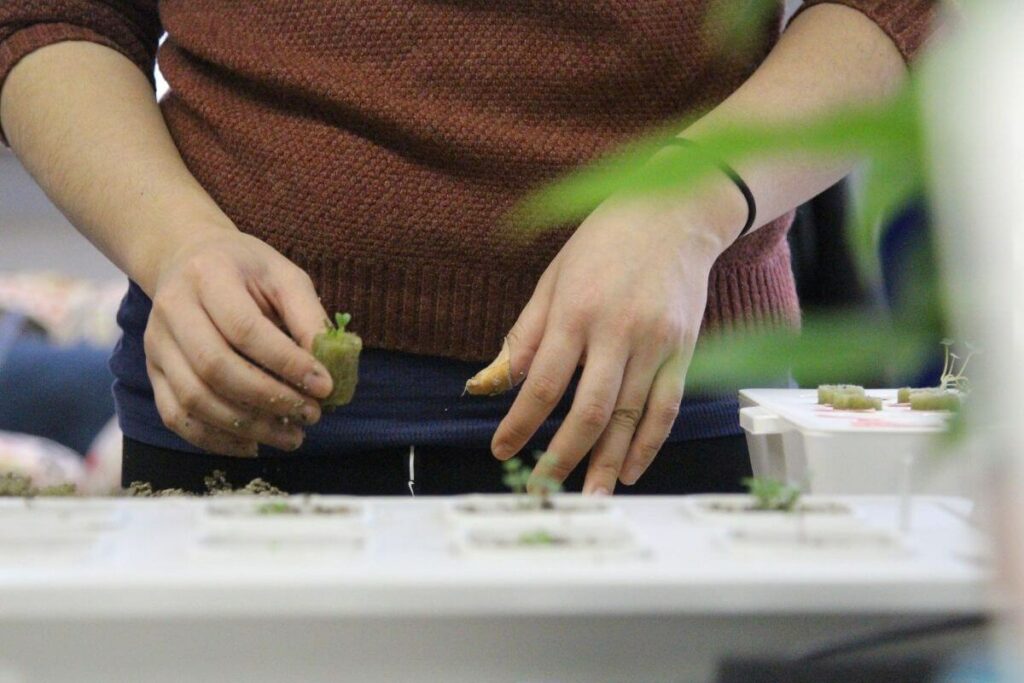
You may achieve the ideal lighting, humidity, air circulation, spacing of plants, and nutrient balance, but without the right pH level, your plants will not be healthy.
With plants grown in soil, the pH level is controlled naturally as the minerals within the soil interact with water buffer variations and through nutrient cycles.
However, within the hydroponic system, you need to monitor and regulate the pH level to create a conducive environment.
Such an environment allows the plants’ roots to absorb the required nutrients. Each type of plant requires different nutrients, hence a different pH level.
Remember This: An optimal pH level ensures you get a high yield of beautiful and better-tasting plants. It also reduces pest attacks on your plants. The pH determines nutrient availability since some nutrients are more affected by pH than others.
Typical pH Ranges for Crops and Nutrient Systems
Hydroponically grown crops usually have an optimal pH range of 5.5 – 6; this applies to most fruits and vegetables such as parsley, tomatoes, beans, melons, and apples.
Some crops, such as pumpkins, have a pH range of 5.5 – 7.5.
The pH levels of hydroponic nutrient products are usually within the 5.5 – 6.0 range.
However, the specific formulation of the solution determines this range; calcium salts increase pH levels while ammonium nitrate reduces pH levels.
A nutrient lockout can occur when pH is too high or too low.
Certain nutrients require specific pH levels for their plant uptake.
For Instance: Plants can suffer from calcium and magnesium deficiency when the pH level decreases to less than 5.0. There is also potential for iron and calcium toxicity at pH levels below 5.0. Above a 6.0 or 6.5, pH level plants may suffer from iron deficiency.
A Typical Hydroponic pH Level Chart
| Plant | pH |
|---|---|
| Basil | 5.5-6.5 |
| Bean (Common) | 6.0-6.0 |
| Bean (Broad) | 6.0-6.5 |
| Bell Peppers | 6.0-6.7 |
| Broccoli | 6.0-6.5 |
| Brussel Sprouts | 6.5-7.5 |
| Cabbage | 6.5-7.0 |
| Cauliflower | 6.0-7.0 |
| Celery | 6.3-6.7 |
| Chives | 6.0-6.5 |
| Cucumber | 5.8-6.0 |
| Eggplant | 5.5-6.5 |
| Lavender | 6.4-6.8 |
| Lemon Balm | 5.5-6.5 |
| Lettuce | 5.5-6.5 |
| Melon | 5.5-6.0 |
| Mint | 5.5-6.0 |
| Pak Choi | 7 |
| Parsley | 5.5-6.0 |
| Pea | 6.0-7.0 |
| Peas (Sugar) | 6.0-6.8 |
| Peppers (Bell) | 6.0-6.5 |
| Peppers (Hot) | 6.0-6.5 |
| Pumpkin | 5.5-7.5 |
| Sage | 5.5-6.5 |
| Spinach | 5.5-6.6 |
| Squash | 5.0-6.5 |
| Strawberries | 5.5-6.5 |
| Swiss Chard | 6.0-6.5 |
| Thyme | 5.5-7.0 |
| Tomato | 5.5-6.5 |
| Watercress | 6.5-6.8 |
| Watermelon | 5.8 |
| Zucchini | 6.0 |
Causes Of pH Fluctuations in Hydroponic Systems
Since pH is based on concentration levels, a drop in the water volume under a gallon will increase the concentration of the components of your nutrient solution.
You need to ensure that you have a substantial solution reservoir.
Organic causes, which include algae and bacteria, can sometimes lead to changes in the pH level of your hydroponic garden.
Algae lead to high pH levels during the day when it takes up carbon dioxide, while bacteria within the roots can release acids.
You can avoid this by always ensuring that your roots are healthy and by keeping your solution slightly acidic where possible.
Excellent Advice: Using an inorganic growing media that shields the nutrient solution’s pH will lead to increased pH levels. These media include gravel and rock, and you can neutralize these by soaking them in a weak acid for one to two days before use.
Managing the pH in Hydroponics
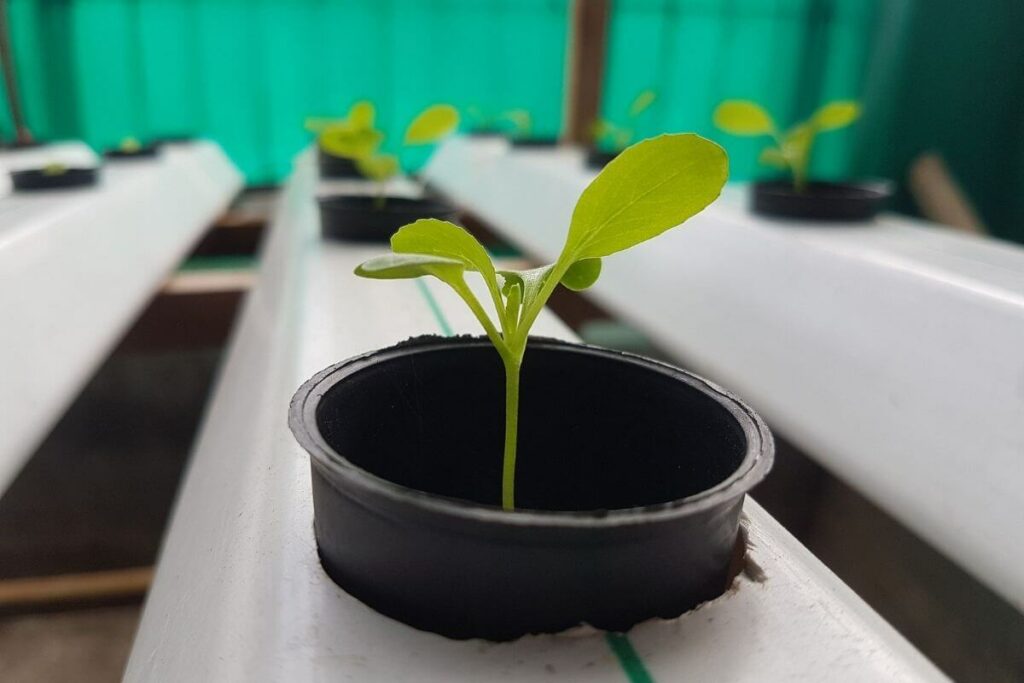
To monitor and adjust the pH in your hydroponic garden, you need a pH measuring tool.
The conventional litmus paper test can do. It’s cheap and readily available from suppliers of swimming items.
However, it does not always provide accurate readings; matching the color of the strip to the given hydroponic pH level chart can be challenging.
Another alternative is the pH testing solution, which is mixed with a small amount of the nutrient solution in a vial to get the results, which are also compared to values on the hydroponic pH level chart.
It is more accurate than the litmus test and is easily accessible at a slightly higher cost.
Action to Be Taken: The most efficient method is the digital pH meter, which is more accurate. Read the instructions of your pH meter carefully and use the solution given by the manufacturer to calibrate it.
Summary
To maintain the best pH level for Hydroponic, you need to constantly measure and adjust the nutrient solution pH level while referring to the hydroponic pH level chart.
Choose the best testing method to ensure accuracy and guarantee a good harvest.
